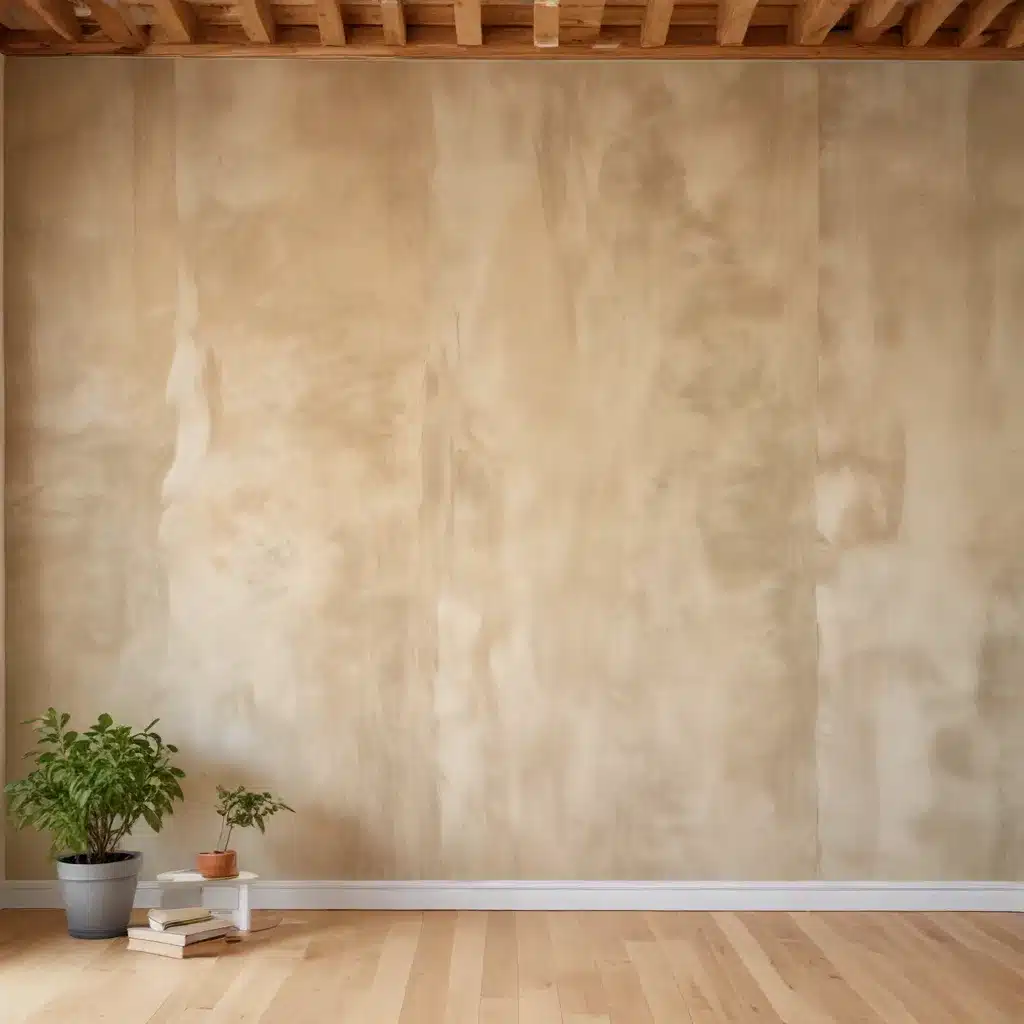
Eco-Friendly Remodeling: Sustainable Solutions for Your Home
As concerns over climate change and environmental consciousness grow, eco-friendly home remodeling has become an increasingly popular trend. Homeowners are recognizing the long-term benefits of adopting sustainable design strategies that not only reduce their carbon footprint but also create healthier, more energy-efficient living spaces. Whether you’re planning a whole-home renovation or tackling a specific project, this comprehensive guide will equip you with the knowledge and resources to transform your house into an eco-friendly sanctuary.
Sustainable Building Materials
The foundation of any eco-friendly remodel lies in the selection of sustainable building materials. Choosing renewable, recycled, or reclaimed resources can significantly minimize the environmental impact of your project.
Renewable Resources: Materials like bamboo, cork, and rapidly growing hardwoods like eucalyptus offer durable and eco-friendly alternatives to traditional lumber. These materials are harvested in a sustainable manner, ensuring the longevity of natural resources.
Recycled and Reclaimed Materials: Incorporating recycled content, such as glass, metal, or plastic, into your building materials reduces waste and the demand for new raw materials. Reclaimed wood, salvaged from old structures, adds unique character while diverting materials from landfills.
Eco-Friendly Insulation: Opt for insulation products made from renewable or recycled materials, such as cellulose, wool, or plant-based fibers. These alternatives to traditional fiberglass or foam insulation can improve energy efficiency while minimizing the use of synthetic chemicals.
Energy-Efficient Upgrades
Reducing your home’s energy consumption is a crucial aspect of eco-friendly remodeling. Embrace a range of energy-efficient solutions to lower your utility bills and carbon footprint.
Renewable Energy Systems: Integrate solar panels, geothermal heat pumps, or wind turbines to generate clean, renewable energy for your home. These systems can significantly reduce your reliance on fossil fuels and provide long-term energy cost savings.
Efficient Appliances and Fixtures: Replace outdated appliances, lighting, and plumbing fixtures with ENERGY STAR-certified models that use less energy and water. These upgrades can contribute to significant energy and resource savings over time.
Passive Design Strategies: Optimize your home’s orientation, window placement, and insulation to harness natural light and ventilation, reducing the need for artificial heating and cooling. Passive solar design principles can dramatically improve your home’s energy efficiency.
Water Conservation Strategies
Water scarcity is a growing concern, making water conservation a vital component of sustainable home design. Implement these strategies to minimize your water usage and protect this precious resource.
Greywater Recycling: Install a greywater system to divert and reuse wastewater from sinks, showers, and washing machines for landscape irrigation or toilet flushing, reducing the demand for potable water.
Drought-Tolerant Landscaping: Incorporate native, drought-resistant plants into your outdoor spaces to minimize the need for water-intensive irrigation. Choose species that thrive in your local climate without excessive watering.
Low-Flow Plumbing Fixtures: Replace old toilets, faucets, and showerheads with water-efficient models that use significantly less water without compromising performance.
Indoor Air Quality Considerations
Ensuring a healthy indoor environment is crucial for the well-being of your family. Eco-friendly remodeling strategies can improve air quality and create a safer, more comfortable living space.
Low-VOC Paints and Finishes: Opt for paints, stains, and sealants that are free of volatile organic compounds (VOCs), which can off-gas and contribute to indoor air pollution.
Natural Ventilation: Design your home to maximize natural airflow through strategically placed windows, skylights, and ventilation systems, reducing the need for energy-intensive HVAC systems.
Healthy Building Materials: Choose materials that are non-toxic, hypoallergenic, and free of harmful chemicals, such as formaldehyde-free cabinetry and low-emitting flooring options.
Circular Design Principles
Embracing circular design principles can transform your remodeling project into a sustainable, waste-conscious endeavor. These strategies focus on reducing, reusing, and repurposing materials throughout the renovation process.
Design for Disassembly: Plan your remodel with the intention of making it easy to dismantle and recover materials in the future, reducing waste and enabling the reuse of components.
Reuse and Repurposing: Salvage and repurpose existing materials, such as cabinetry, fixtures, and architectural elements, rather than discarding them. This minimizes waste and gives new life to old materials.
Waste Reduction Techniques: Implement efficient construction practices and waste management strategies to minimize the amount of construction debris that ends up in landfills. Recycle, donate, or responsibly dispose of any unavoidable waste.
Sustainable Financing Options
Eco-friendly remodeling often requires an initial investment, but the long-term benefits can make it a worthwhile undertaking. Explore these sustainable financing options to support your green home transformation.
Green Mortgages and Loans: Specialized “green” financing programs, such as Energy-Efficient Mortgages (EEMs) and FHA Title 1 Property Improvement Loans, provide additional funding or favorable terms for energy-efficient home improvements.
Tax Incentives and Rebates: Many federal, state, and local governments offer tax credits, rebates, or other financial incentives for homeowners who implement eco-friendly upgrades, such as solar panel installations or energy-efficient appliance replacements.
Cost-Saving Benefits: While the upfront costs of sustainable materials and systems may be higher, the long-term energy and water savings, as well as the potential increase in property value, can offset these expenses over time.
As you embark on your eco-friendly remodeling journey, remember that a holistic approach that considers energy efficiency, water conservation, indoor air quality, and circular design principles can yield the most impactful and lasting results. By partnering with experienced green building professionals, you can transform your home into a sustainable sanctuary that reflects your values and enhances your quality of life.
To explore more inspiring ideas and connect with like-minded homeowners, visit Reluctant Renovator – your go-to resource for sustainable home remodeling solutions.



